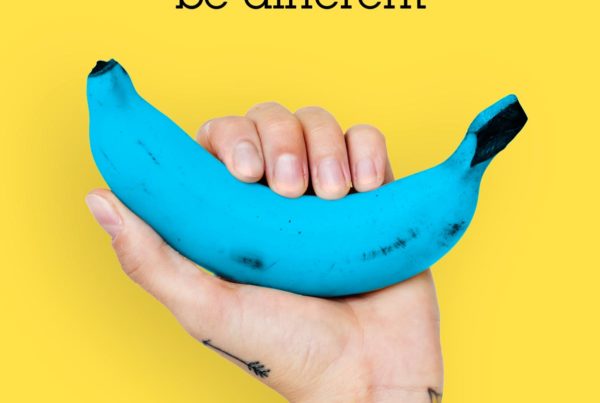When you first embark on a creative design journey, it’s easy to feel overwhelmed and be unsure where to begin. You know where you want to go, you have a load of creative ideas floating around your head, but you have no clue how to start the process, or even organise your thoughts. Whether you’re building a website, creating a logo, or designing graphics for an online marketing campaign, there are certain steps to take that apply to all areas of creative design. It’s not as challenging as it may seem at first – as long as you approach the project methodically and with a clear plan. To make things easier, we’ve compiled this step-by-step guide to follow throughout your next design project, whatever your goal.
STEP 1: Begin with Research
It can be tempting to want to dive straight in and start creating, but first, you need to collect information. Research what your competitors are up to and what seems to be working for them. Learn about design trends, or pick up some books on marketing and graphic design. Think about who your desired demographic is and what sort of visuals are likely to attract them. All of this will help you create a clear and goal-oriented brief.
STEP 2: Identify Your USP
Your unique selling point will give you the focus you need to create a powerful design strategy. One of the best ways to do this is to identify three words that best describe your business values. Once you have these words, you will better be able to make effective design choices.
STEP 3: Brainstorm
This stage is essential for working through which direction(s) you want to take with your project. Brainstorming can take any form you like, so play around and find which one works best for you. Many find it helpful to take a large sheet of paper and scribble down ideas as they arise, bounce their thoughts off someone else, and/or keep a notebook or sketchbook on hand for those joyous moments of inspiration.
STEP 4: Create Drafts
Turn your rough ideas into more solid drafts with the help of a professional graphic designer, or, if you are competent at using design software, become do it solo. This involves playing around with colours and fonts, and remaining open to changes and new ideas to come in during this part of the process. It’s better to stay open-minded and flexible even at this later stage, as this will optimise your chances of arriving at the perfect design.
STEP 5: Reflect on Your Work
Powerful designs can occur in a moment of inspiration, but more often than not they are the result of time and afterthought. Once you’ve got some solid ideas, take a step back and do something else for a little while. When you return, reflect on your ideas and see if your feelings have changed. A fresh pair of eyes is also helpful at this stage so grab a friend and get their opinion too.





